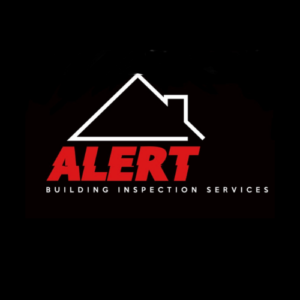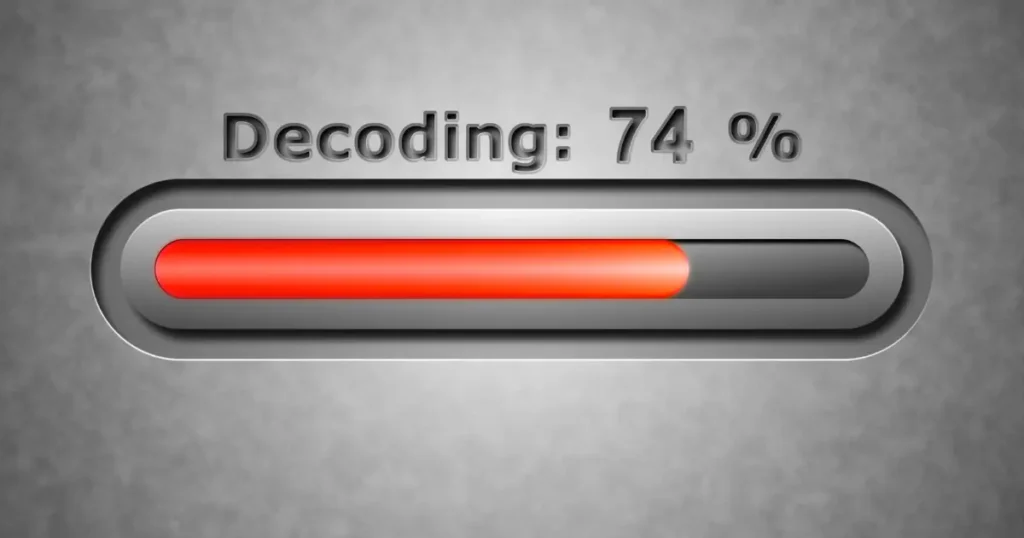Building Reports Decoded: Your Guide to a Safer Property Investment
Ever received a building report and felt like you needed a decoder ring to understand it? You’re not alone. As a regular part of buying property in New Zealand, building reports can seem overwhelming at first glance, but they don’t have to be. Let’s break down what you really need to know when you’re reviewing that lengthy document.
What’s Actually Important in Your Report
When you first open your building report, you’ll notice it’s divided into sections examining different parts of the property. The executive summary is your first port of call – it’s where your building inspector highlights the most significant findings. Pay special attention to any mentions of weather-tightness, structural integrity, or signs of deferred maintenance. These aren’t just technical terms; they’re potential negotiation points or future expenses you’ll want to consider.
Understanding the Risk Ratings
Most building reports use a rating system to indicate the severity of issues found. Think of it like a traffic light system – green usually means minor cosmetic issues, amber suggests maintenance will be needed soon, while red flags require immediate attention. For instance, if your report mentions “advanced timber decay in bathroom floor framing” with a high-risk rating, this isn’t something you can sort with a bit of paint – it’s likely requiring significant repairs.
The Money Matters: Maintenance vs Major Issues
Your building report should distinguish between normal maintenance issues and significant defects. A loose guttering or missing roof tiles fall into the maintenance category – they’re relatively straightforward fixes. However, when your report mentions things like “evidence of subsidence” or “non-compliant electrical wiring,” you’re looking at more substantial work. Understanding this difference helps you budget appropriately and potentially negotiate the purchase price.
Beyond the Technical Jargon
Building inspectors often use industry-specific terms that might seem foreign. When they mention “efflorescence” on the basement walls, they’re talking about white, powdery deposits that indicate moisture problems. “Borer infestation” isn’t just about tiny holes in wooden beams – it could signal structural weakness that needs addressing. Don’t hesitate to ask your inspector to explain these terms in plain English; after all, you’re making one of the biggest investments of your life.
Remember, a building report isn’t meant to scare you off – it’s a tool to help you make an informed decision. Whether you’re a first-home buyer in Wellington or looking for an investment property in Christchurch, understanding your building report is crucial to making a sound property decision. If something’s unclear, reach out to your building inspector. They’re there to help you navigate this important document and understand exactly what you’re getting into.
Building Reports Decoded: Your Guide to a Safer Property Investment
Not every issue in a building report is a deal-breaker, but knowing which ones matter most can save you significant time and money down the track. Keep this guide handy when you’re reviewing your next building report, and you’ll feel much more confident about understanding what those pages of technical details really mean for your future home.

Alert Building Inspection Services provides comprehensive building reports across Wellington, Auckland and Christchurch. Trust our expert inspectors to give you clarity and confidence in your property decisions. For professional building inspection services and expert advice, visit our website. You can also read more articles like this on our blog.


Pingback: Expert Building Inspection Services for Property Assessment